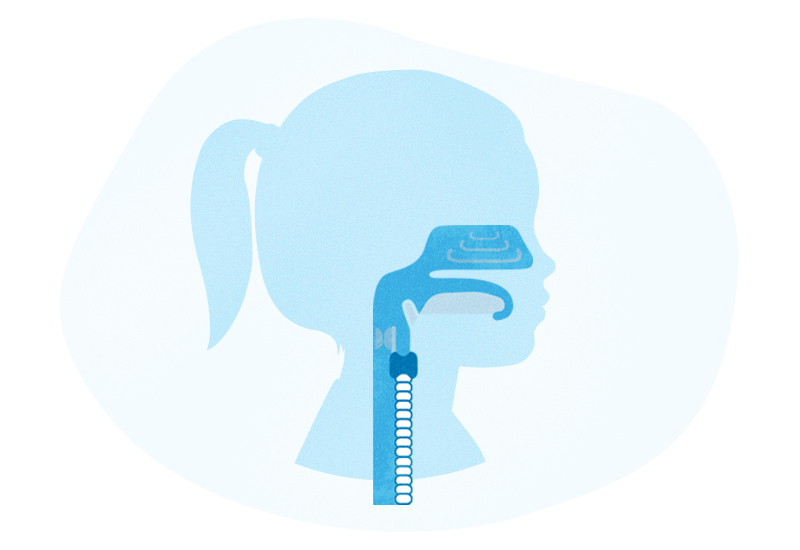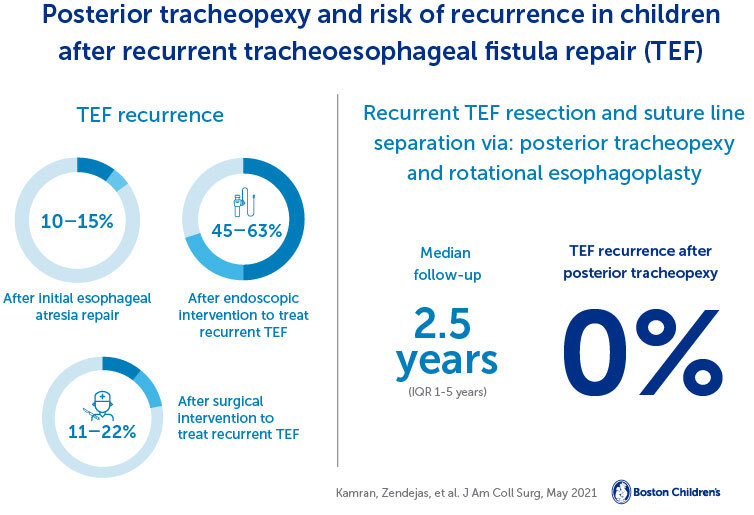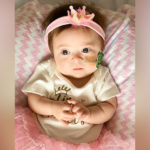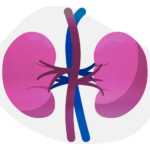Game-changing surgical procedure results in zero-percent TEF re-recurrence rate

A tracheaesophageal fistula (TEF) is a congenital defect in which an abnormal connection forms between a child’s esophagus and trachea. It often occurs with esophageal atresia. Even after surgical repair, TEFs recur in about 10 to 15 percent of infants and children. They rarely close spontaneously and typically require surgical or endoscopic intervention.
Key takeaways:
- Most recurrent TEFs are treated with a variety of endoscopic treatments, but the success rate is low to moderate at best.
- Even after surgical repair, TEFs recur in about 10 to 15 percent of infants and children.
- A surgical procedure called posterior tracheopexy can help treat recurrent TEFs.
- A recent study of 62 children treated with posterior tracheopexy found that all of their symptoms had resolved and no TEFs had recurred.
In an effort to avoid a repeat operation and its potential risks, most recurrent TEFs are treated with a variety of endoscopic treatments. Unfortunately, these often require multiple procedures, and the success rate is low to moderate at best. Surgical interventions have also been fraught with risk of re-recurrence, making it difficult for physicians to select the best treatment. To address this challenge, the surgeons in the Esophageal and Airway Treatment (EAT) Center at Boston Children’s Hospital have developed an innovative approach to treat recurrent TEFs with a posterior tracheopexy.
Posterior tracheopexy for recurrent TEF
In this procedure, the surgeon divides the TEF, repairs the esophagus and trachea, and sutures the back wall (or membranous portion) of the patient’s trachea to the anterior longitudinal ligament of the spine. The esophagus is rotated into the right chest as well, a procedure known as rotational esophagoplasty. By doing this, the esophageal and tracheal suture lines are separated entirely, which eliminates the risk of re-recurrence.
“By performing a posterior tracheopexy after the division and repair of the recurrent TEF, we take advantage of the child’s own tissue and nearby structural support provided by the spine to completely separate the suture lines and prevent re-recurrence,” says Benjamin Zendejas-Mummert, a surgeon on the EAT team. “This also avoids the need to interpose tissue (muscle or pleural flaps) or prosthetic material (mesh) between the suture lines, a commonly used strategy that comes with its own set of complications and does not completely eliminate the risk of re-recurrence.”

Assessing risks and outcomes
To assess the operative risks and long-term outcomes of the use of posterior tracheopexy in the treatment of a recurrent TEF, Boston Children’s EAT team members reviewed the records of 62 patients with a median age of 14 months who had a recurrent TEF and were treated with a posterior tracheopexy and rotational esophagoplasty. Twenty-four of these patients had previously undergone failed surgical or endoscopic attempts at TEF repair.
The team found that after a median follow-up of 2.5 years, all of the patients’ symptoms had resolved and no TEFs had recurred. The procedures were associated with three esophageal leaks and one transient vocal cord dysfunction, all of which were treatable without the need for a reoperation. The results were published online in the Feb. 5, 2021 issue of the Journal of the American College of Surgeons.
“In a field where re-recurrence of recurrent TEF has been common, the emergence of a procedure with a zero-percent recurrence rate and minimal morbidity is a game-changer,” says Zendejas-Mummert. “Recurrent TEFs are inherently challenging, which is why treatment at high-volume multidisciplinary referral centers is essential for a successful outcome.”
Learn more about the Esophageal and Airway Treatment Center and refer a patient.
Related Posts :
-

Devina's story: Minimally invasive Foker process repairs esophageal atresia
Selina De Leon doesn’t have a background in medicine — but she does have experience being a mom. When the ...
-

At the forefront of kidney stone removal: Innovative approaches transform patient care
No longer considered just an adult problem, kidney stones increasingly affect children as well. The majority of children who cannot ...
-

Beyond limits: A staged approach to jejunal interposition
By the time Chase Essex arrived at Boston Children’s Hospital in 2016, he had reached what most clinicians would consider ...
-

Innovative new shunt delivery system holds promise for treatment of fetal urinary tract obstruction
Urinary tract obstruction that occurs in utero can have serious consequences for the fetus. Such obstructions can block the flow ...





